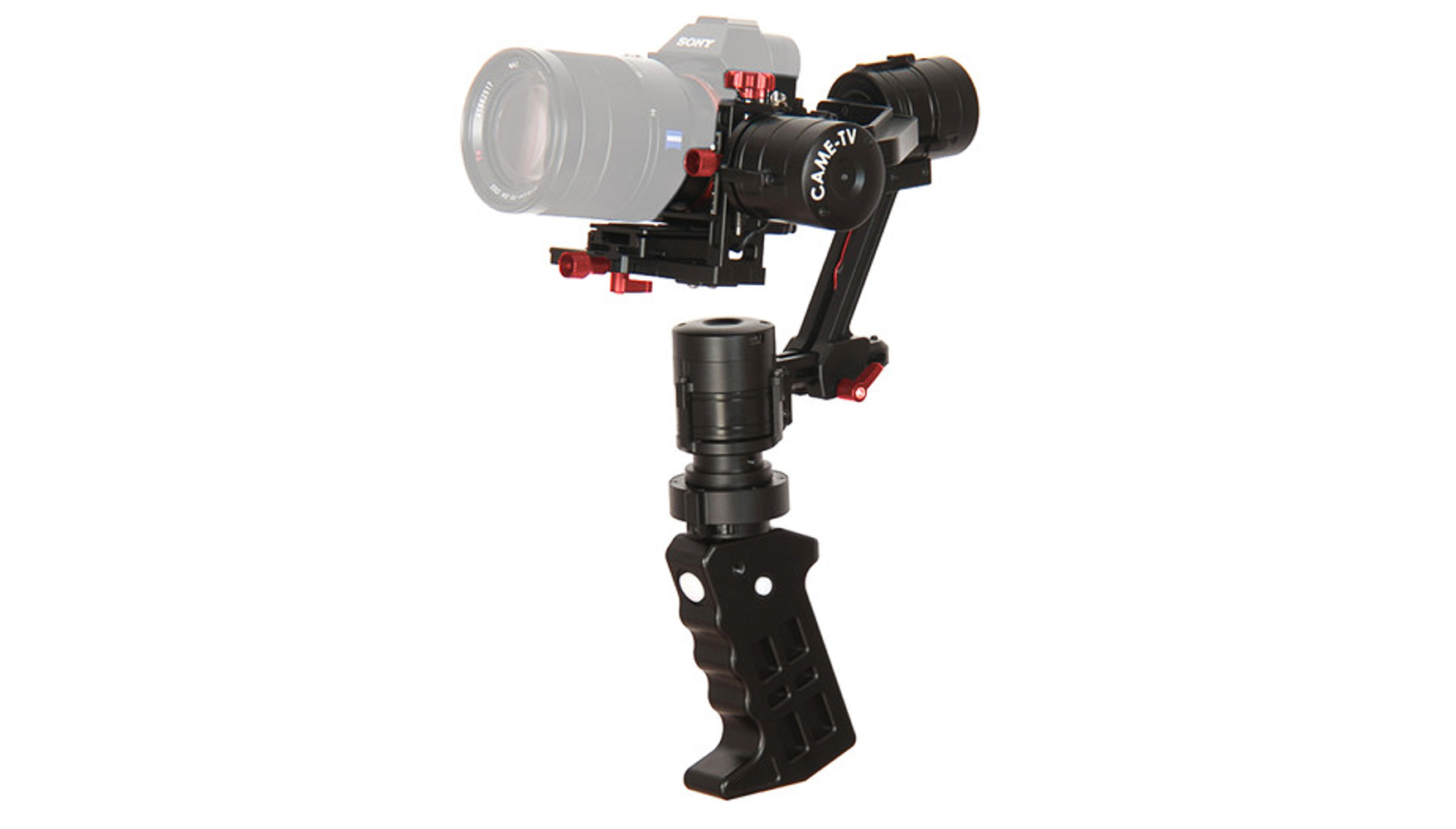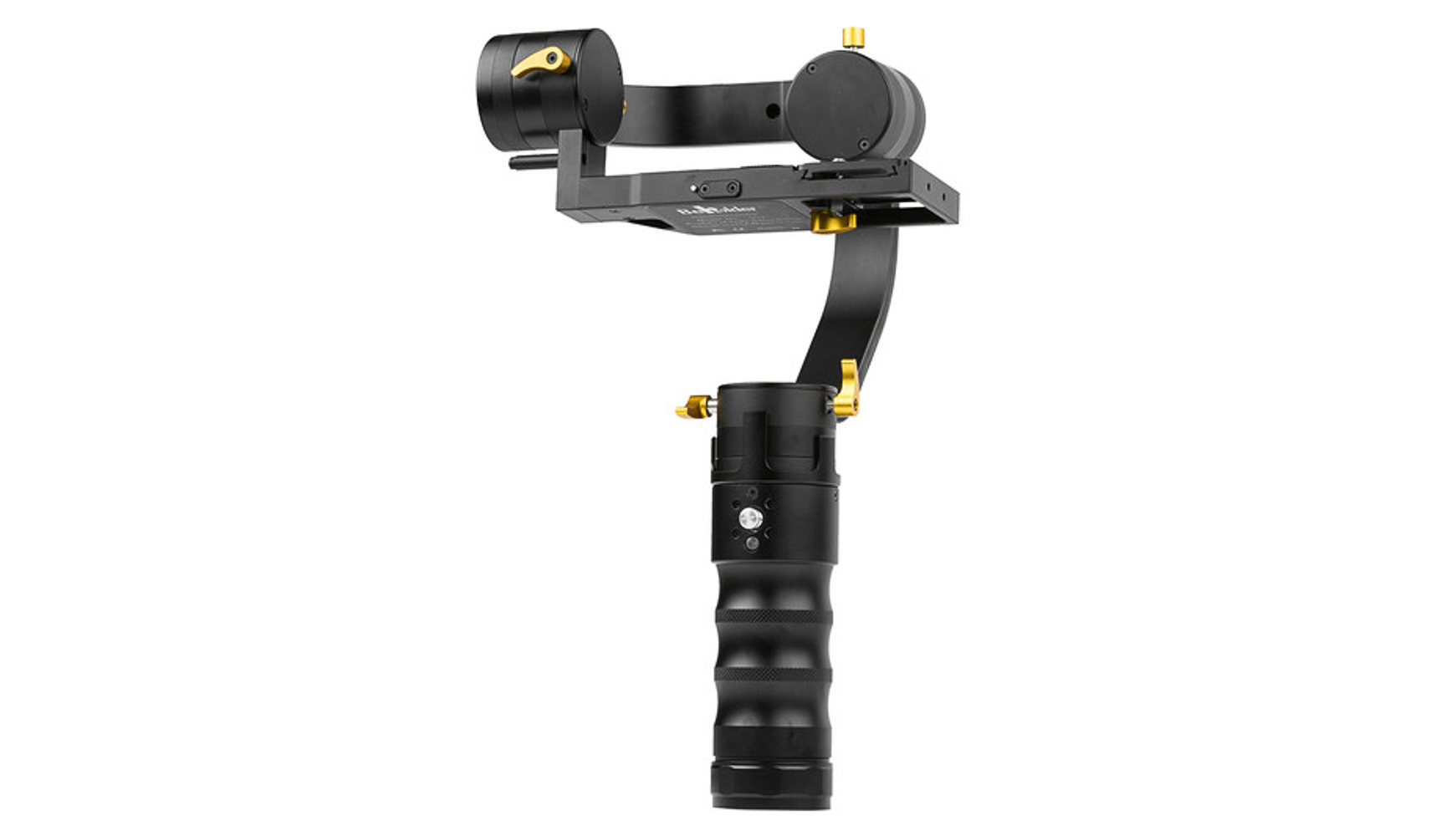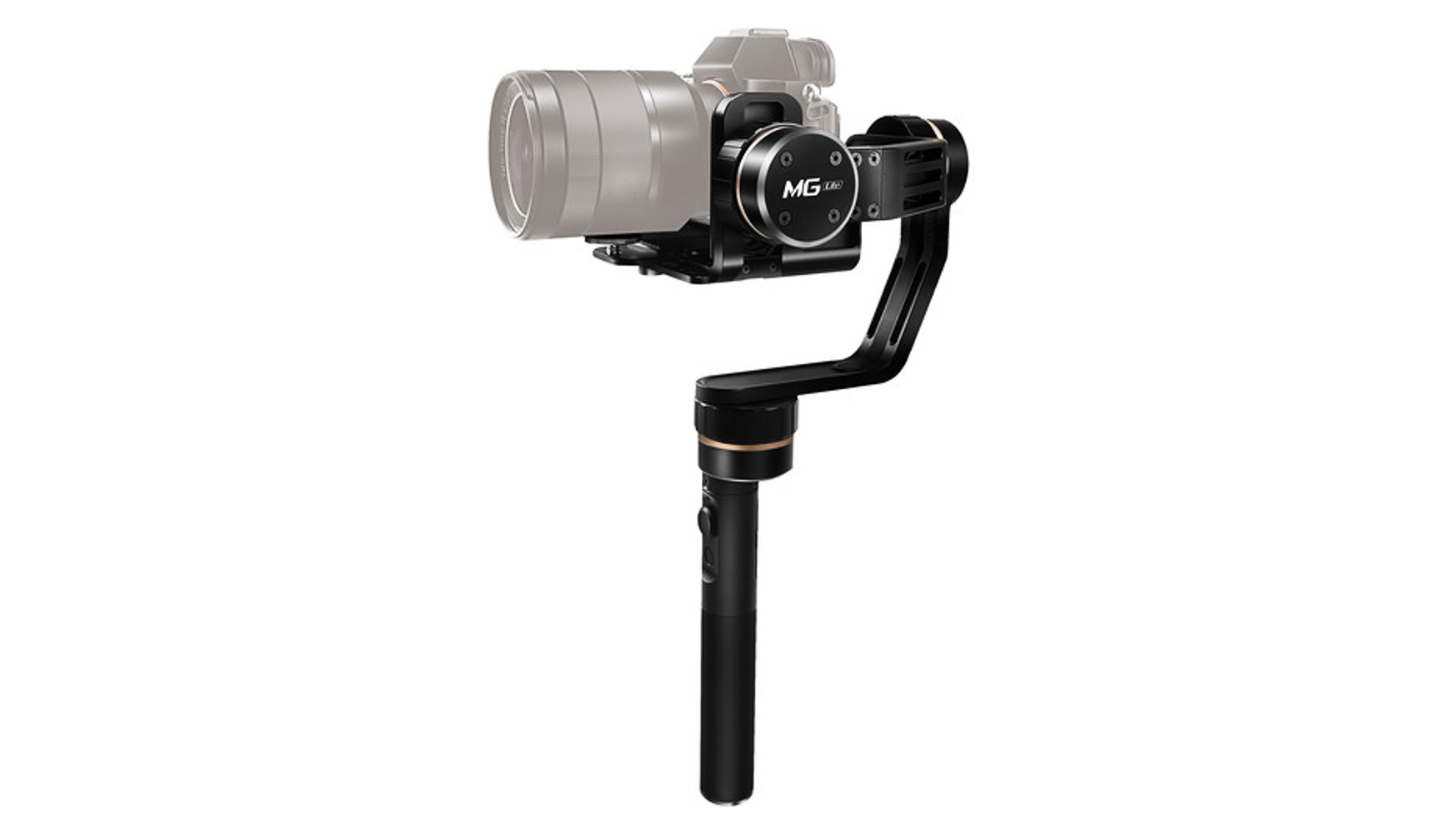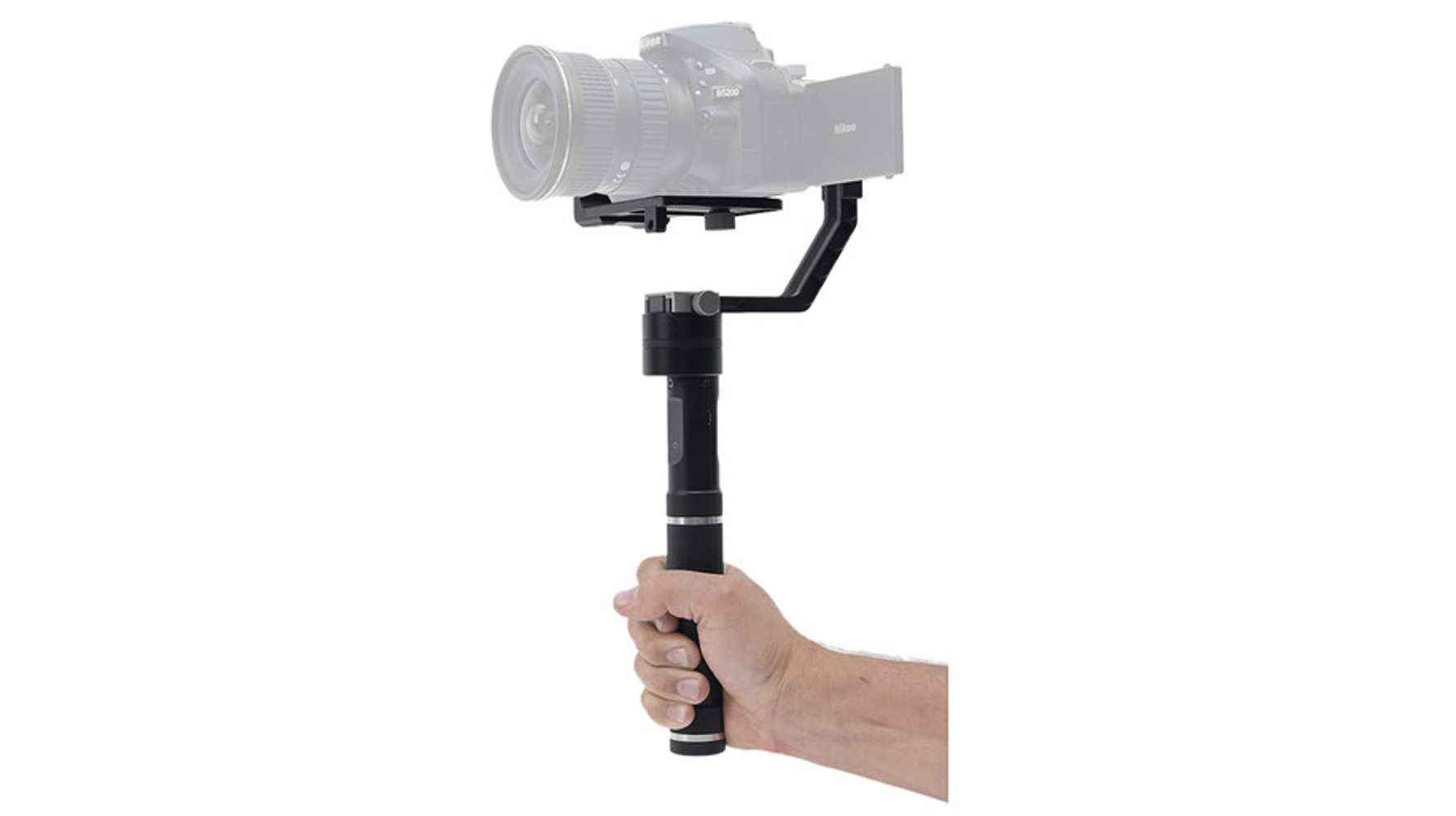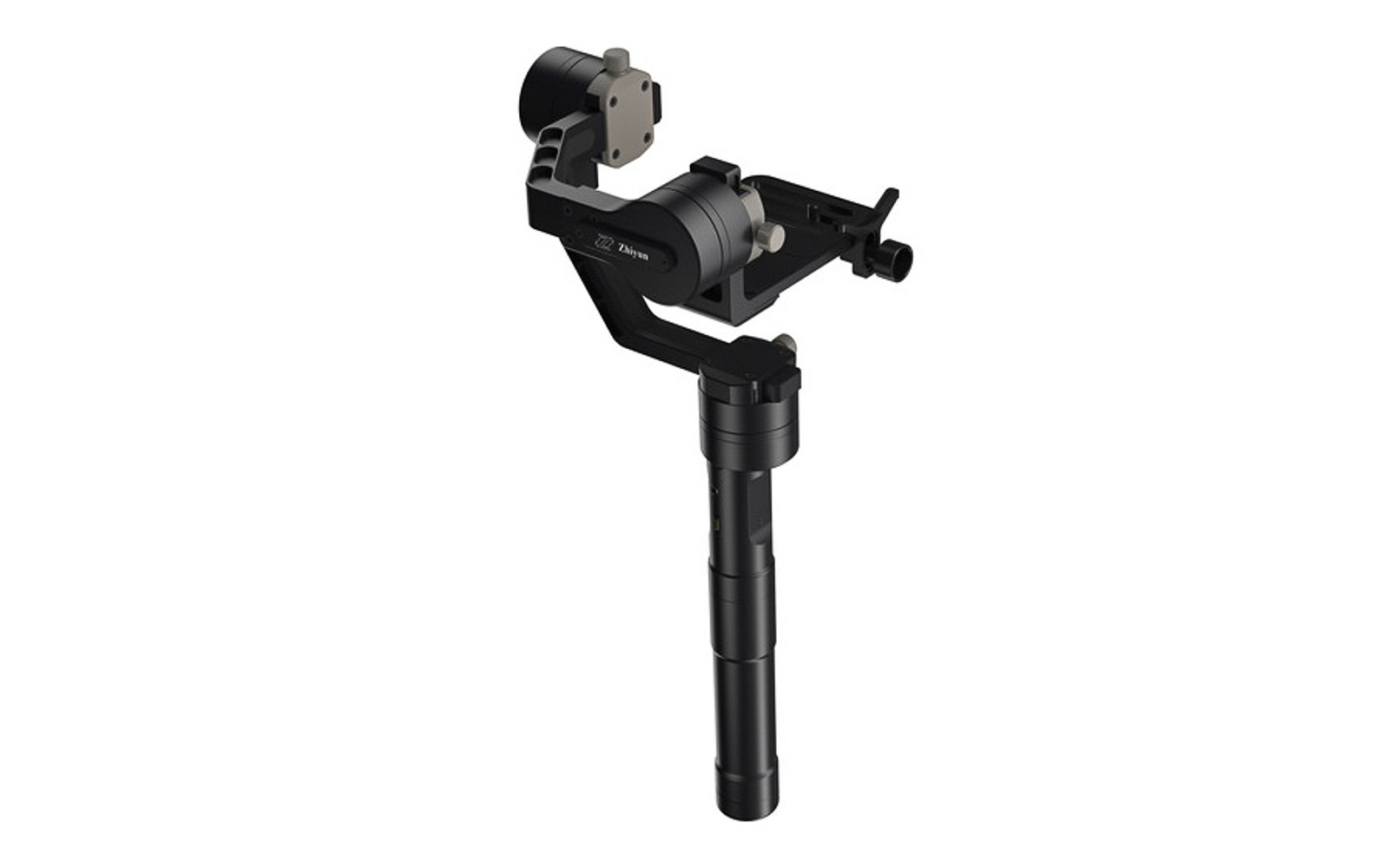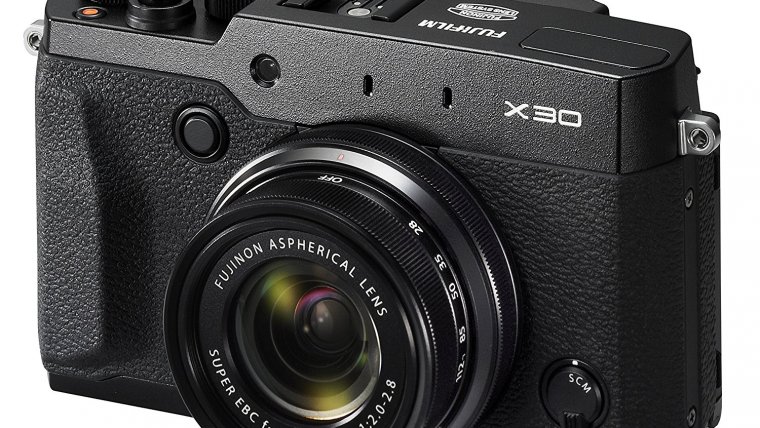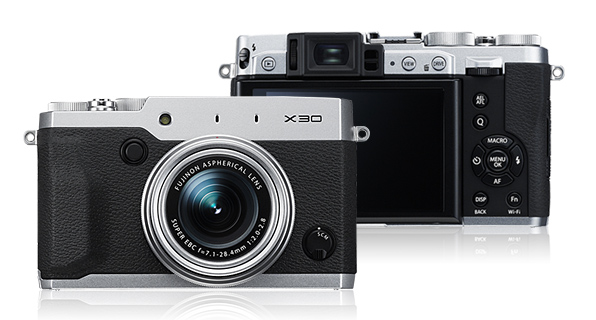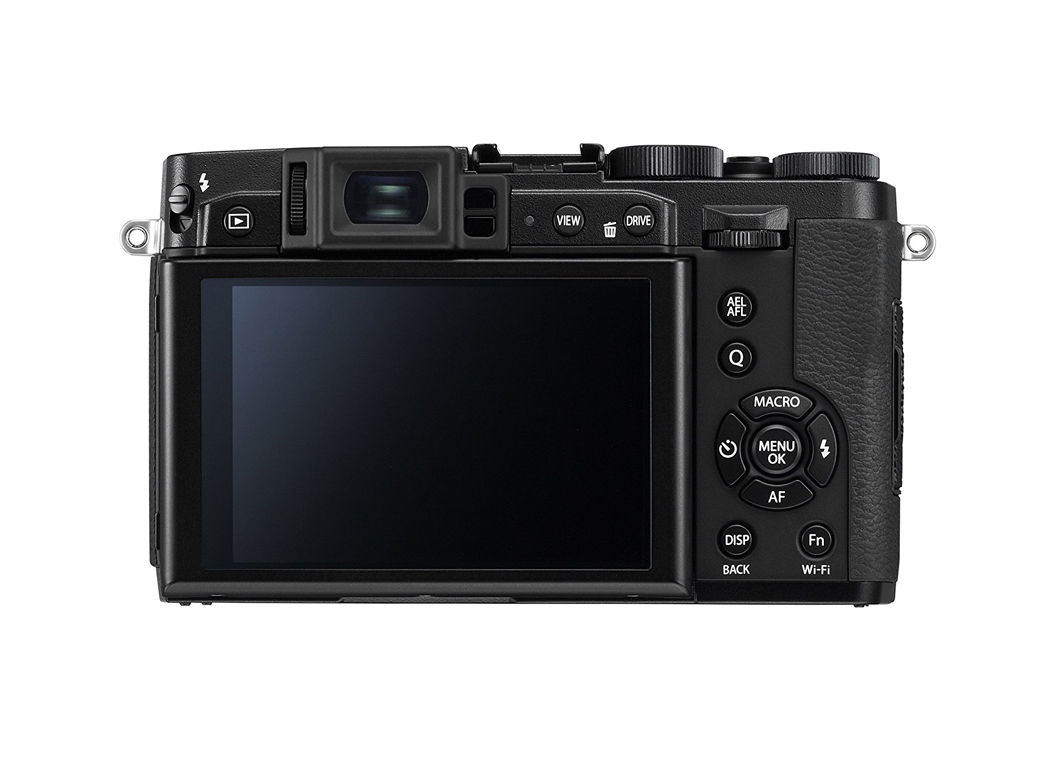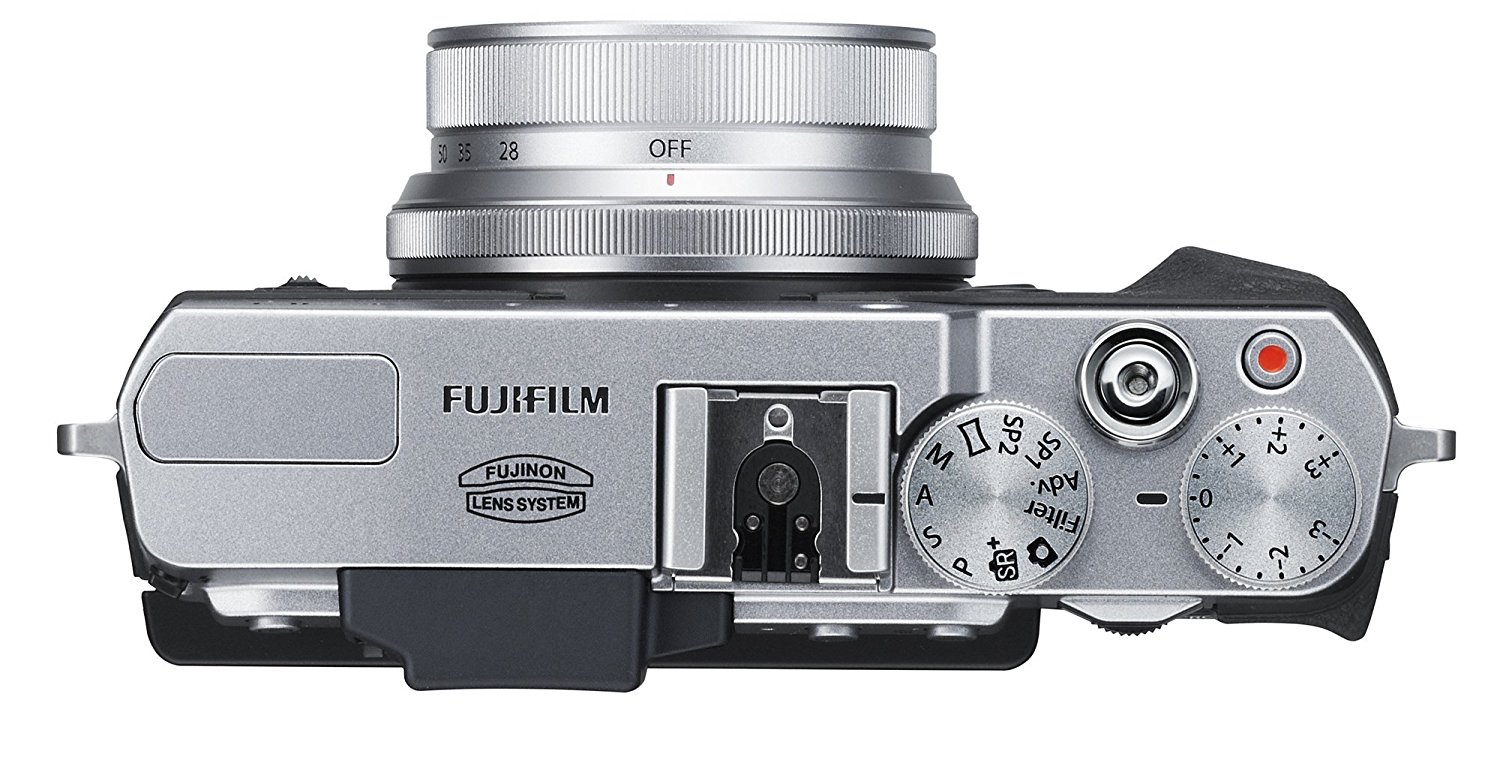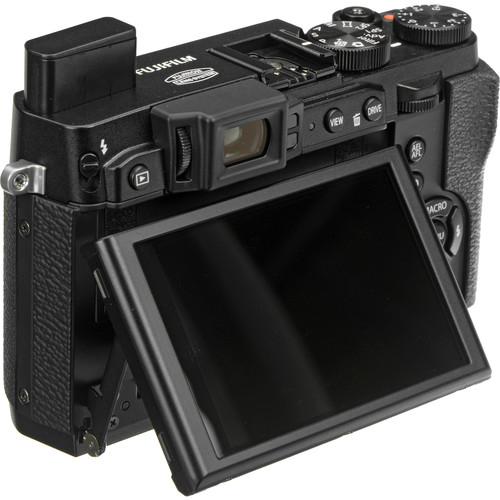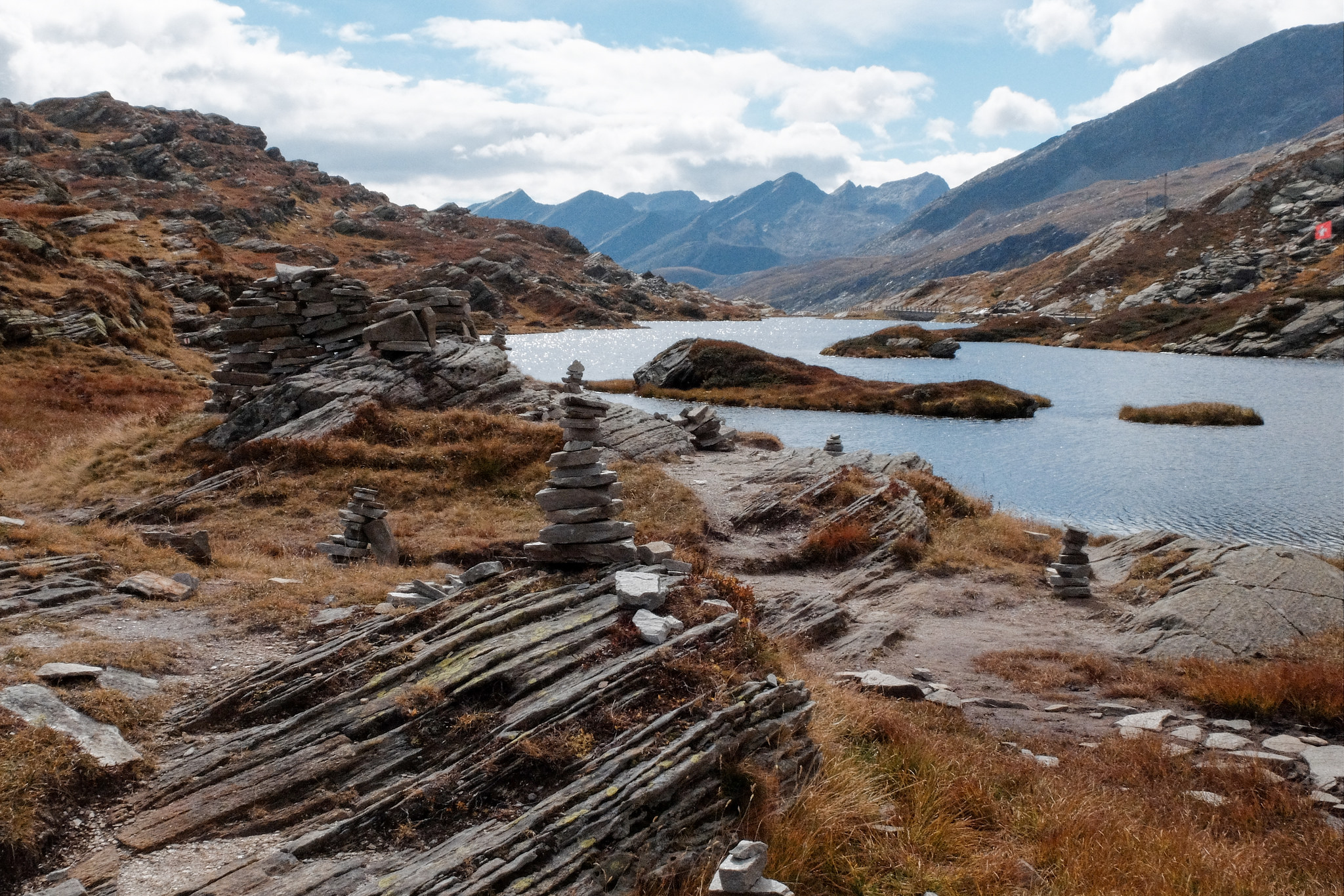Our editors review and recommend products to help you buy the stuff you need. If you make a purchase by clicking one of our links, we may earn a small share of the revenue. Our picks and opinions are independent from any business incentives.
No single company has pushed 4K video like Panasonic. Its GH series has represented the best blend of sharp photos and pro-grade video in a single package. It's no wonder that video production houses the world over adopted the GH3 and GH4 in droves, and the new Panasonic Lumix GH5 (MSRP $1,999 body-only) is poised to become the new favorite camera of enthusiasts and pros alike.
While its $2,000 price tag stings a bit, Panasonic's loaded the GH5 to the brim with state-of-the-art video capabilities—with firmware updates unlocking higher performance later this year. Its bigger, sturdier body adds sensor-shift image stabilization, and an updated control layout feels like a dream. There's even a new 6K Photo feature. This burst shooting function further blurs the line between video and stills by letting you pluck 18-megapixel stills from a 6K/30p video.
The GH5 is a big winner when it comes to video, although it doesn't deliver class-leading still photo performance for the price. We have some issues with the GH5 that comes down to what its competition has to offer—perhaps the biggest problem is the lack of phase detection autofocus for better tracking. And even though Panasonic did a superb job rounding out features for video shooters, you'll have to pony up an extra hundo for the super-flat V-Log L color profile.
About the Lumix GH5
On paper, at least, the GH5 looks a bit like the competing Olympus OM-D E-M1 Mark II. There's a 20-megapixel Four Thirds sensor in there, with 5-axis in-body stabilization, weathersealing, dual card slots, and a plethora of ports. But, once you dig into the video specs, it's clear the GH5 is far ahead of the Olympus, with stellar 4K/30p, as many 1080p shooting modes as anyone would want, and even 4K/60p internal. By the end of 2017, the GH5 will be the most fully-featured video-centric mirrorless camera for under $2,000 thanks to firmware updates that will unlock even more shooting modes—assuming Panasonic doesn't charge for them.
Sensor: 20.3-megapixel CMOS image sensorProcessor: Venus Engine 10Burst Speed: 9fps w/ continuous AF/AEAutofocus System: Contrast-detection with DFD (Depth from Defocus)Image Stabilization: 5-axis OIS with 5-stop performance (CIPA)Video: 4K/UHD at 30fps 4:2:2 10-bit up to 150Mbps, 4K/UHD at 60fps 4:2:0 8-bit (internal), up to 4K/60p 4:2:2 10-bit (external over HDMI)Viewfinder: 3,680k-dot OLED with 0.76x magnificationBattery: BLF19PP battery rated at 410 shots (CIPA)Ports: USB-C 3.1 Gen 1, HDMI, mic, headphone, flash syncShutter: Mechanical with electronic, 1/16,000th max shutter speed electronicMemory: Dual SD card slots with one UHS-II compatible slotPrice: $1,999 USD, body-only
Advertisement - Continue Reading Below
What We Like
A rock-solid Lumix with pitch-perfect controlsPanasonic's cameras have been reliably well-built for years, but the GH5 takes everything I love about Lumix cameras to another level entirely. Its build and design are what a flagship should be like in 2017. The previous GH3 was great for its time, but today it just looks outdated. The GH4 was mostly the same camera on the outside, and after three years of service, it needed an overhaul. This GH5 finally puts the entire design under the microscope, tweaking and adding useful touches that make for a massive improvement.

Credit: Reviewed.com / Brendan Nystedt
The bigger grip makes room for a handy new video record button.
The GH5 truly feels like a tool designed to last for years. Its rugged, weathersealed body sports a curvier look with reworked controls. The grip's bigger, which helps when you have big lenses mounted. A rear control dial complements the standard one that's been on the top since the GH3. Joining the trusty ISO, WB, and exposure compensation buttons by the shutter and top control dial is a flat, distinctly-shaped video record button, which I think underscores this camera's dedication to true hybrid shooting.
Around the back, underneath the handy focus mode selector is a new AF point selection joystick. I don't mean to beat this point into the ground, but joysticks are very in this year, and Panasonic is clearly hoping enthusiasts see this as a mark of its professional legitimacy. It's the best way for me to keep my eye on the EVF and still move around where I want the camera to focus without skipping a beat.
Panasonic has all but ripped up my "honey-do" list of requests.
The GH5 might be bigger than any previous GH camera, but Panasonic's design team have made the most of it. This is, in my opinion, the best-feeling Lumix that the company has ever put out.
Panasonic gives pros more to work withIf I had to gripe about anything on the GH4, it'd mostly be about the port selection and the lack of a second card slot. With the GH5, Panasonic has all but ripped up my "honey-do" list of requests. If you hated carrying HDMI adapters with you to convert full-sized HDMI to microHDMI, then you'll be glad to find that the GH5 has a full-sized HDMI for your convenience. No longer will you need to spring for the big, expensive YAGH attachment if you want a more convenient port for piping your video to an external recorder. USB-C is also along for the ride, giving the GH5 fast USB 3 speeds through a future-proof connector.

Credit: Reviewed.com / Brendan Nystedt
At last, Panasonic includes a full-size HDMI port on a GH flagship!
And in true pro fashion: we finally get dual card slots! It's key thanks to the GH5's pro-grade internal recording capabilities, letting videographers finally carry all the storage they need. The card slots have all the usual file-juggling options, and it's surprisingly customizable with the "Double Slot Function" menu; you can decide where to file away your 4K video, 6K bursts, JPEGs, and RAWs on either of the two cards.
Spring for the extra DMW-XLR1 accessory, and you'll be able to get on-camera physical audio controls and the addition of two XLR ports. Previously, you needed the bulky, $1,000 YAGH unit to add SLR, SDI video, and level controls, but now it's as easy as clipping a small pod onto the hot shoe.
Burst and video shooting modes that will make your head spinRight now, the GH5 can shoot Cinema 4K and 4K at 10-bits (150Mbps) 4:2:2 in the camera's MP4 LPCM mode to the camera's internal storage—no external recorder required. Both 30 and 24p native framerates are ready and raring to go. With the upcoming 1.1 firmware update, Panasonic is unlocking 1080p 10-bit 4:2:2 shooting at 60, 30, and 24 FPS. Anamorphic 4K is also getting a big boost, adding a 30p and 24p option at 10-bit 4:2:2 as well. All-I 400Mbps recording options are slated for another update later on this summer.
Of course, if you want to use an external recorder like the new Atomos Ninja Inferno, you can capture 4K/60 at 10-bit with 4:2:2 chroma subsampling, which is about as good as it gets! What's even better is that the extra 2.2x crop for 4K that the GH4 had to make do with is gone, and you'll get 4K and HD without having to sacrifice wide-angle shots. The full sensor is utilized here, and it's downsampled from a higher res providing extra sharpness. If you wanted to have a little extra crop to digitally zoom into the scene, there are 2x and 4x digital zoom levels built-in.
The fast readout speeds of the GH5's sensor also unlocks an unbelievably fast 6K Photo mode, which shoots a 6K/30p stream that you can chop into individual 18-megapixel frames. This is the next generation of Panasonic's great 4K Photo mode, which itself gets a big boost to 60 fps bursts of 8-megapixel shots. If you're willing to go through the video files and pluck your best shots from the stream, this works well. I think my only complaint about these video-to-stills modes are that it's still kind of a chore to find the best shots, and I'd love to see some automation of that process in the future.
Dynamic range that's just about as good as APS-COne weakness of Micro Four Thirds for the past five years is how much dynamic range the sensors can crank out. While a modern APS-C sensor in a camera like the Nikon D500 could hit 14 stops of dynamic range, even the best Olympus or Panasonic would have to make do with a litle less. The 20-megapixel sensor in the GH5 gets much closer to an APS-C sensor. In our test, we were able to get 12.5 stops of DR from the GH5 at its base ISO 200. It's a small improvement, but any improvement in this area is very welcome.
9.2
Panasonic Lumix DMC-GH4
What We Don't Like
Advanced video features are standard…except for oneHonestly, It's astonishing how much stuff Panasonic crammed into this camera. Everything from the programmable rack focus system to the built-in waveform monitor and LUT monitor display makes it an amazing package for video.
That said, Panasonic skimped on one critical feature: flat color profiles. After all, if you're going to really get all this camera has to give from its 4:2:2 10-bit footage, you're going to want to color grade yourself. While Panasonic gives users a couple of options for free, you're going to have to pony up to unlock the real deal V-Log L color profile.

Credit: Reviewed.com / Brendan Nystedt
Reworked menus make the GH5's complex features relatively easy to access.
In our tests, we found that even though you could get by using either the Cinelike V or 709-like color profiles that cost $0 to use, you're losing out on roughly 2 stops of dynamic range when compared to V-Log L. So, if you're serious about eking out every last drop of detail from a shot, the GH5 actually costs $2,100, not even including any lenses or other accessories.
Big and heavy for Micro Four Thirds…but that's not always terribleThe GH cameras tend to be bigger than what Olympus offers up. The GH5 takes this to the next level, however, and it's significantly heavier than the latest flagship Olympus OM-D. While it's small-ish, the GH5 is within striking distance of its DSLR competition. For example, the Nikon D7200 is only a little heavier and taller, while the GH5 is ever-so-slightly flatter and wider. That aside, the GH5's main video competition—the Canon EOS 5D Mark IV—is significantly bulkier.
Doubling the GH4's slots mean you're free to shoot for longer or compartmentalize different types of files on their own card.
As far as the smaller-and-lighter mirrorless set is concerned, the GH5 might be a disappointment. But, looking at what that extra size and weight unlocks, I think it's worth it. By making this camera bigger than its predecessors, Panasonic was able to bolster the camera's heatsink system, add in-body image stabilization, and even turn the HDMI port into a full-sized one. If you're a run-and-gun videographer, the GH5 is still a bit of extra bulk, but the capabilities you gain are well worth it.
It's disappointing Panasonic didn't try to one-up Canon's Dual Pixel AF
Autofocus is contrast-only, no phase detectionAutofocus is the only thing that Panasonic didn't significantly improve with the GH5, and that's a bummer. Compared to competing cameras from Olympus, Sony, and Canon, Panasonic's autofocus is a little behind the pack. Without phase detection autofocus, you'll just be relying on only contrast detection.
Sure, Panasonic's DFD (Depth from Defocus) technology will theoretically speed up focusing, but it's only compatible with Panasonic lenses. Given that Canon's Dual Pixel AF continues to develop in ways that make beautiful, automated focus pulling a breeze, it's disappointing that Panasonic didn't have much to add with the GH5's autofocus software.
Should You Buy It? This is an easy decision for videographers—heck yes.
Despite its few shortcomings and high price, the GH5 continues a Lumix tradition of giving videographers everything they'd want in a mirrorless body. Compared to Canon's 5D Mark IV the Panasonic makes next-to-no tradeoffs—this is a video camera first and foremost, while the Canon only goes so far to give video shooters exactly what they need. Things like the 5D IV's 1.74x crop factor for 4K shooting mean that its full-frame sensor advantage is all but negligible, and the fact that external 4K recording is verboten is maddening. For $1,500 less, you get more. It's that simple.

Credit: Reviewed.com / Brendan Nystedt
Between these two Micro Four Thirds flagships, the GH5 is the obvious pick for the best video.In my opinion, if you're not a video shooter, the GH5 has a lot less to offer than the competing Olympus OM-D E-M1 Mark II. That said, I think the GH5 stands out way more than the Olympus flagship simply because it has so many unique abilities. It begs to be compared to more expensive cameras, and it comes out on top in a lot of ways. This is one of the best video cameras ever.
When taken as a whole, the GH5 is a camera unlike any other. It's not perfect, and it's not going to be everything to everyone, but Panasonic has pushed the envelope for another generation of GH. It might make your wallet hurt, but the GH5 the best camera Panasonic has ever produced, and one of the best video cameras ever. As a video tool, the GH5 is second to none.
Our editors review and recommend products to help you buy the stuff you need. If you make a purchase by clicking one of our links, we may earn a small share of the revenue. Our picks and opinions are independent from any business incentives.
Source:
Panasonic Lumix GH5 Digital Camera Review
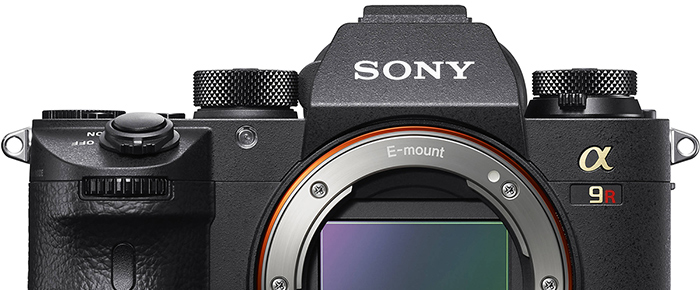
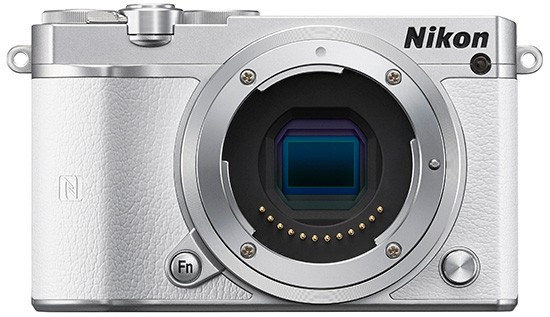 Nikon released a new firmware update version 1.01 for the Nikon 1 J5 mirrorless camera with one single fix:
Nikon released a new firmware update version 1.01 for the Nikon 1 J5 mirrorless camera with one single fix:


![[IMG]](https://forums.deeperblue.com/threads/fantasea-line-introduces-fa6500-underwater-housing-for-sony-a6500-a6300-cameras.108673/proxy.php?image=https%3A%2F%2Fwww.deeperblue.com%2Fwp-content%2Fuploads%2F2017%2F04%2F1520-356x220.jpg&hash=ba547a0f8e175c53cf7f28fd74272a27) Underwater shutterbugs who prefer Sony cameras now have a new option for housing their cameras when they go diving. Underwater imaging company Fantasea Line recently introduced its latest FA6500 housing for the Sony a6500 and a6300 mirrorless cameras. The FA6500 Housing features an ergonomic, stylish and durable design with access to all essential camera functions. An interchangeable FML lens […]
Underwater shutterbugs who prefer Sony cameras now have a new option for housing their cameras when they go diving. Underwater imaging company Fantasea Line recently introduced its latest FA6500 housing for the Sony a6500 and a6300 mirrorless cameras. The FA6500 Housing features an ergonomic, stylish and durable design with access to all essential camera functions. An interchangeable FML lens […]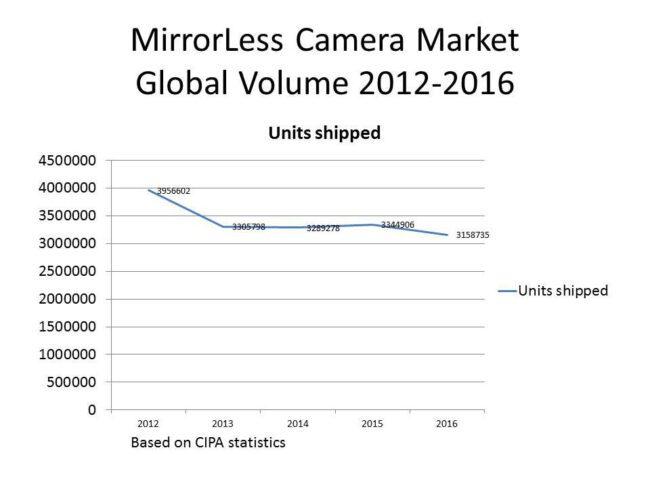


 Mt Whitney and Whitney Portal, as viewed from Alabama Hills
Mt Whitney and Whitney Portal, as viewed from Alabama Hills



